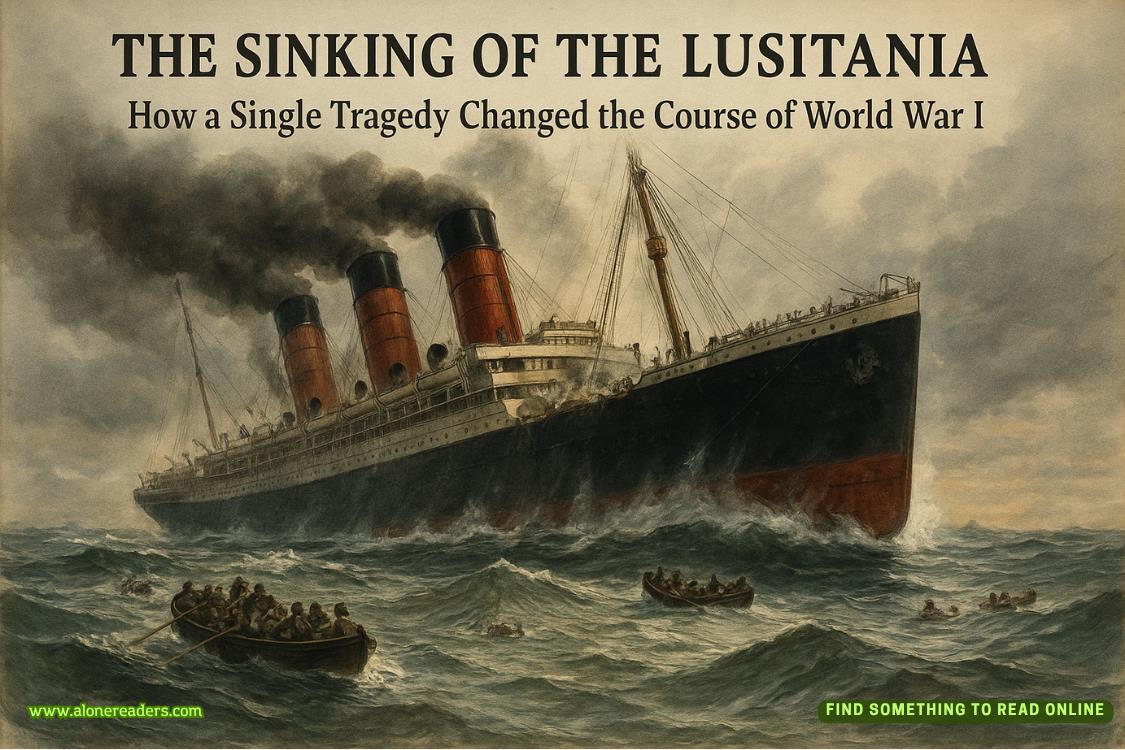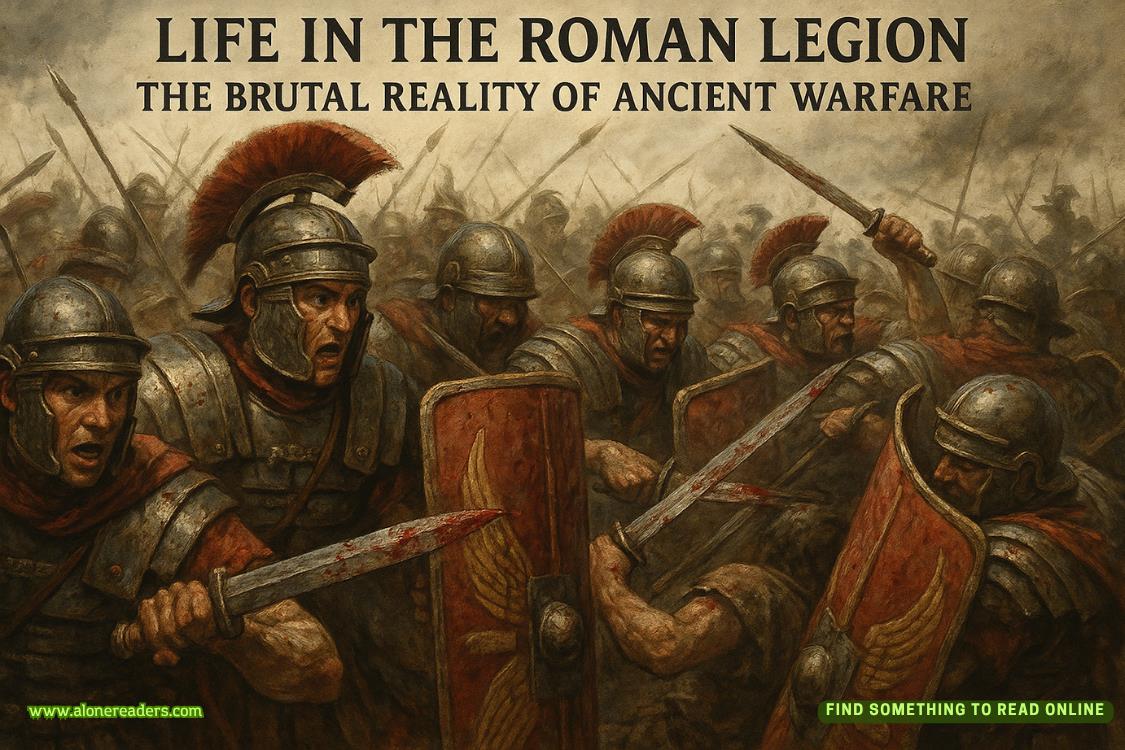Page 7 of Hunter
To find out which, she’d have to encourage him to keep talking. “Is that the big secret up here? You’re using behavior modification techniques the rest of us haven’t discovered yet?”
“No. Our Dr. Swinton is conducting experiments which are on the cutting edge of biological research. We’re doing socio-biological engineering using tools unavailable just a few years ago.” Warming to the subject, he continued, “We’ve developed a protocol for complete rehabilitation of criminals, if you will.”
“Complete rehabilitation. That’s hard to believe,” Kathryn ventured, recalling the many experiments she’d read about. The success rate for preventing recidivism was abysmally low, even with the most ambitious programs—which required strong incentives for offenders to change their view of the world. John Doe didn’t seem to be enjoying any special incentives.
Emerson lowered his voice and leaned across the desk as if a hidden microphone from miles down the road could pick up his words. “Dr. Swinton has used a completely new approach. John Doe won’t repeat his criminal activity, because we’ve been able to erase the antisocial memories from his mind.”
She goggled. “How?”
“Through intensive drug therapy that interrupts the flow of neurotransmitters and scrubs away previous behavior patterns and learned responses.”
He was apparently unaware of the effect he was having on Kathryn as she tried to imagine someone who would want to do that to a human being.
“Are you telling me you’ve given him mind-altering drugs that wiped out his memory?” she managed.
“That’s right. Which is why we need to have you work with him.”
“Me?” she asked in a choked voice.
“Yes.” He shook his head. “Sorry. I forgot you haven’t been given the whole picture. During phase two of our project, he’s absorbed a great deal of technical information and acquired impressive physical expertise. But his social development is lagging way behind. Your assignment will be to bring him up to speed on people skills. “
She was trying to come to grips with that when a loud buzzer sounded in the room, making her jump.
“What now?” he muttered in annoyance, reaching for the telephone.
She couldn’t hear any of the conversation on the other end of the line, but she could tell from the rush of words and the thunderous response on Emerson’s face that the news was bad.
“When?” he asked. Then. “How in the hell did that happen?”
He listened to the answer, then cursed. “Well, try not to damage him. I’ll be right there.” Standing, he moved around the desk. “John Doe assaulted one of his instructors and is tearing the gym apart.”
“He couldn’t have,” she protested, wanting to be right.
Emerson gave her a dark look. “Dammit to hell. I thought this time we’d done it.”
“I’m good in a crisis situation,” she answered. “Let me see what I can do.” Without waiting for an answer, she hurried after him out the door and down the hall, moving in double time to keep up. He was certainly in great physical shape for a man his age, she thought as she stepped outside a back door, breathing heavily.
A government issue brown Chevrolet was parked in front of a sign that said, “Reserved for Director of Operations.”
Lips pressed grimly together, Emerson climbed behind the wheel. Kathryn slid into the passenger seat. He didn’t wait for her to fasten her seat belt before shooting backwards out of the space, reversing with a screech of tires, and barreling down the hill.
She braced her hand against the dashboard, trying to keep from being flung about by the wild motion of the car and, at the same time, trying to understand everything she’d just heard. All her instincts screamed that Emerson’s claims about John Doe’s background were all untrue. He couldn’t be a criminal. And they couldn’t have cold-bloodedly wiped out his memories. Yet she had no other information to go on. And no explanation for why he’d gone berserk.
As she struggled to keep her seat, an ambulance with siren blaring passed them in the opposite direction. She’d almost worked out a system for staying in place when they skidded to a stop in front of a large building with a curved roof.
Emerson jumped out of the car and took the cracked sidewalk at a run. Kathryn trotted after him.
A small crowd of men was grouped around the door. Some were cut from the same mold as McCourt. Others wore lab coats. And a sizable contingent was dressed in blue uniforms, like a private security force. Most of them eyed her curiously as she came to a halt behind the Chief of Operations.
“Where is he?” Emerson demanded.
“In the locker room.” The answer came from a broad-shouldered black man who stepped forward. His name tag identified him as Winslow.
Emerson glanced around at the crowd. “Get back to your duties,” he said in a voice that demanded compliance.
The group immediately began to disperse.
“Inside,” he said to Winslow.















